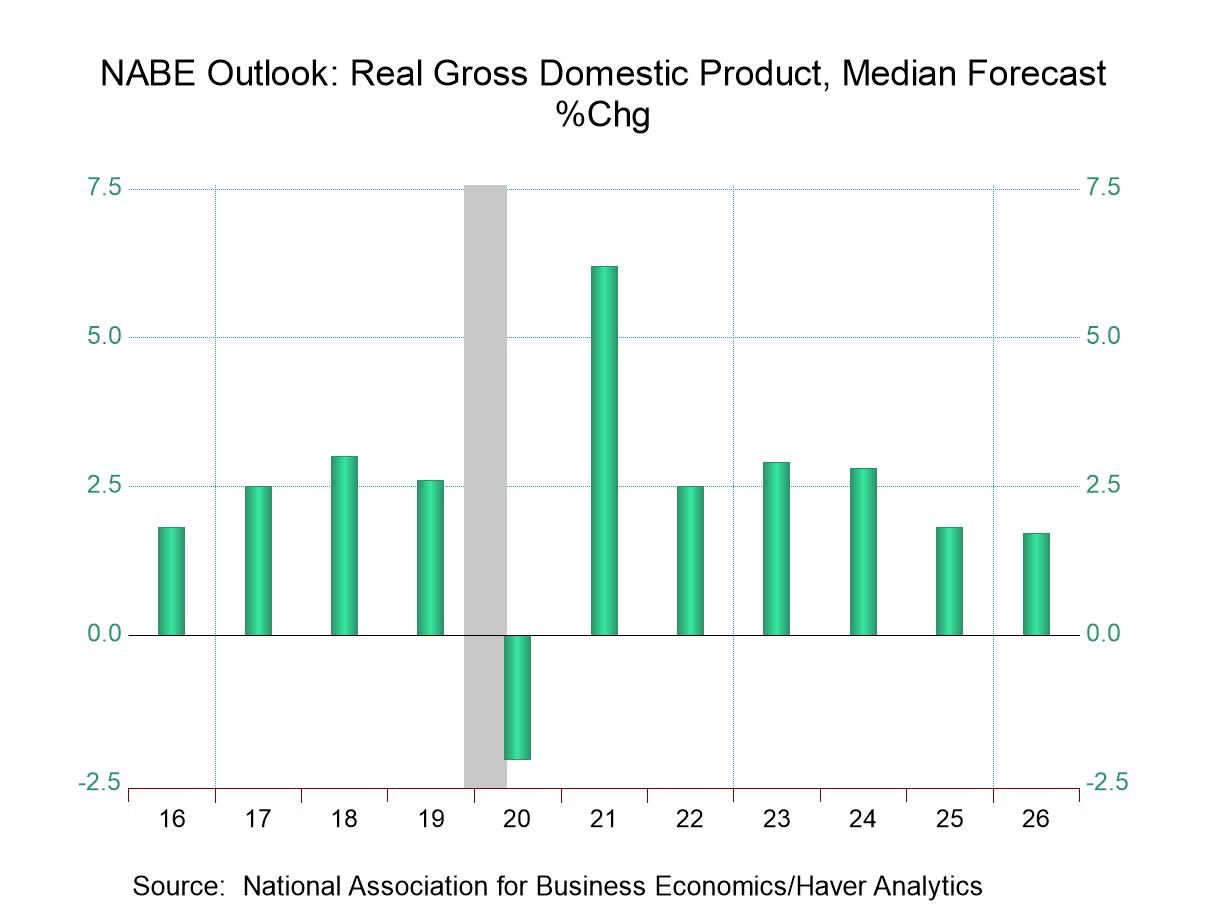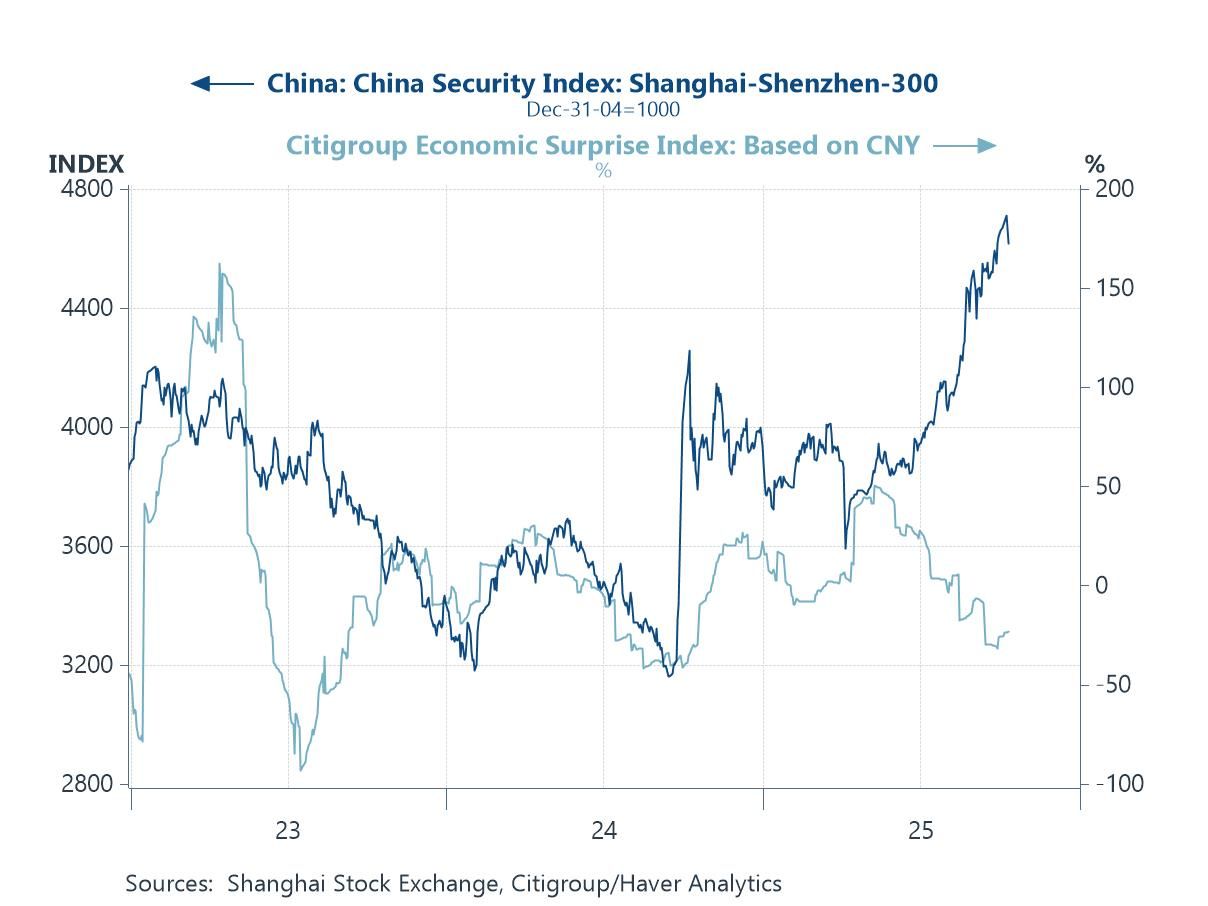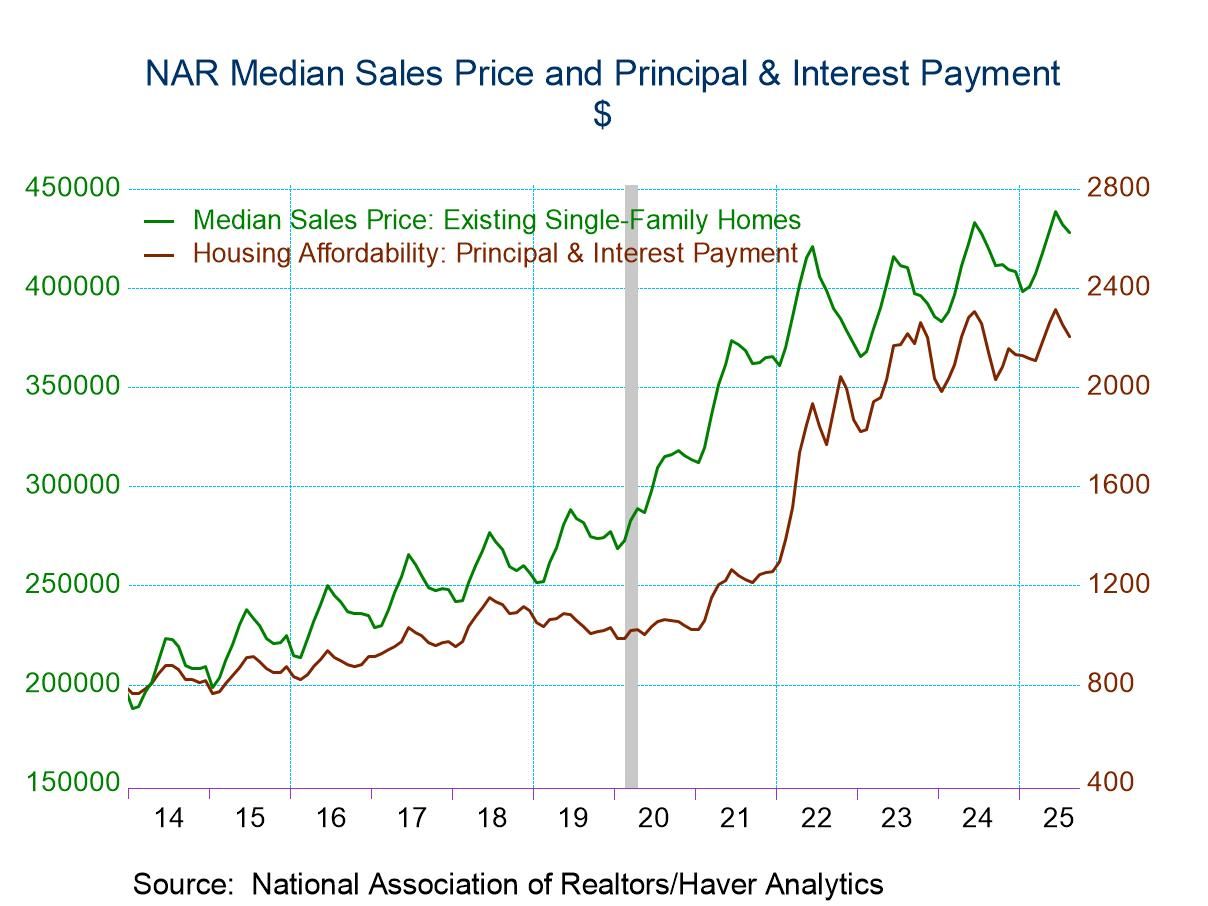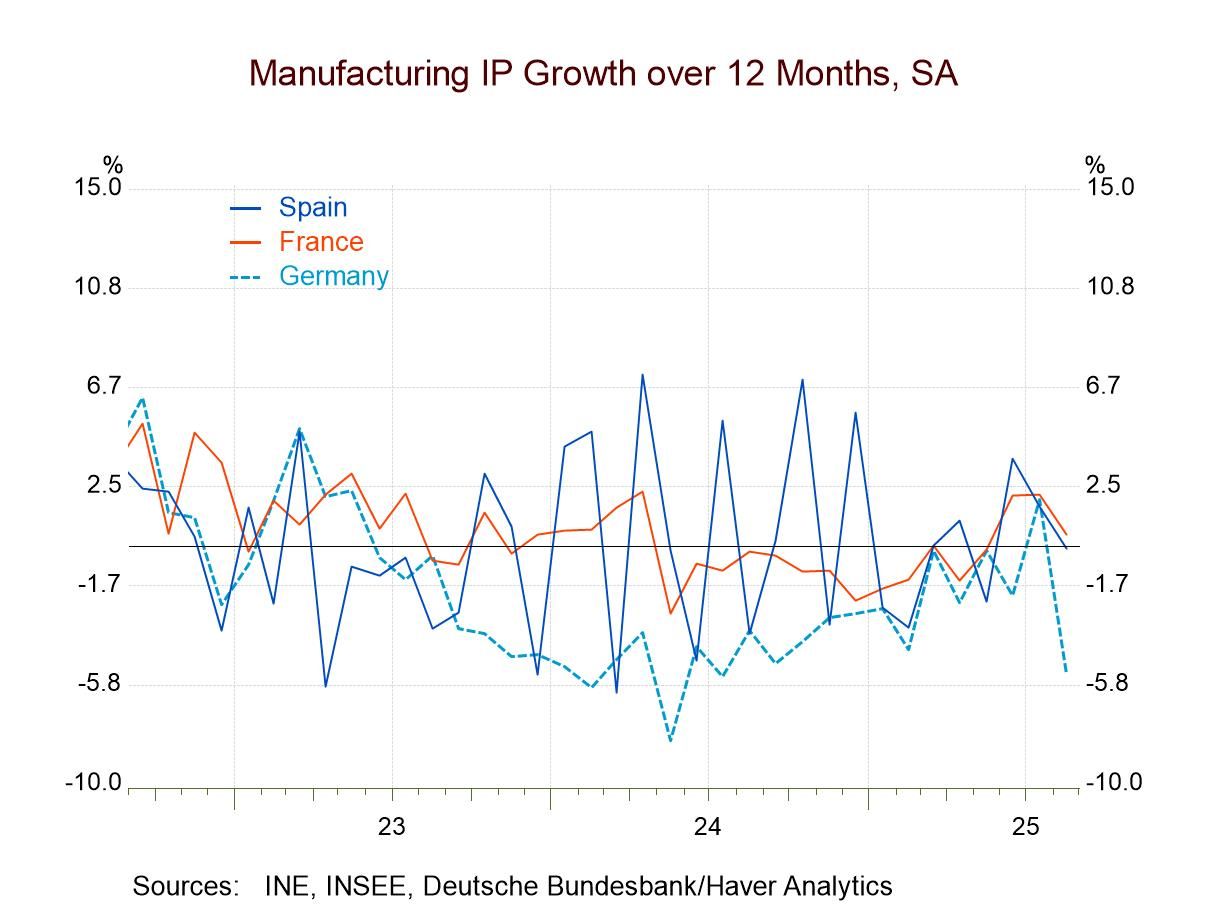 Global| Apr 04 2024
Global| Apr 04 2024Gradual Improving Trends for MFG and Services PMIs; Is the Global Economy Out of the Woods?

The monthly view: The S&P composite PMIs in March show some continuing but slow improvement. The average for the 24 countries listed on the table moves up to 52.4 in March from 52.0 in February and 51.5 in January. The median moves up to 52.7 in March from 51.3 in February and 50.7 in January. Both the mean and the median progressions show ongoing improvement. Statistical agreement is a beautiful thing. The number of jurisdictions showing composite PMI values below 50 numbered 11 in January, fell to 9 in February, and to six in March. Fewer countries listed in this table are showing overall declining economic activity. In addition to that, few are showing a slowing tendency. Month-to-month changes show only 40% were slowing in January, only 32% were slowing in February, and only 44% of the reporters slowed in March compared to February. The monthly changes are constructive but not dramatic.
Sequential profile: The sequential changes look at 12-month, to six-month, to three-month changes; they show that averages have risen from 51.6 for the overall, to 51.3 over six months - slightly weaker- and then advancing to 52.0 over three months. The median over 12 months is 51.7, that slips to 50.7 over six months and recovers to 51.8 over three months, just slightly above the 12-month average. Neither the average nor the median shows a steady progression towards improvement, but both show a slightly better reading over three months than over 12 months although the margins of improvement are small. The number of jurisdictions showing declining activity over 12 months is 8, that moves up to 10 over six months and down to 7 over three months. The number of jurisdictions growing slower was over half for 12-months and six-months; over 12 months at 65% slower, and even higher proportion of 78.3% showed slowing over six months compared to 12 months. Over three months, the proportion slowing pulls back sharply to only 34.8%. We see in these trends both the tendency for the PMI to show fewer declines and for the breadth of weakness to pull back over the past year.
Queue standing- These improvements have had an impact on the queue standings as well. The average queue standing is now at 53.8% with the median at 55.1%. The medians for the composite PMIs are above 50% which means they're above their median values over the last four years. Out of the 24 reporters, only 11 jurisdictions show PMI standings below 50 which means below their median.
The Weakest vs. the Strongest- The weakest standings in the table in March are standings in the 20th -percentile. Qatar, for example, registers a 20.4 percentile standing. Nigeria is at a 24.5 percentile standing. Germany has a 28.6 percentile standing, with France at a 30.6 percentile standing. The European Monetary Union has a 46.9 percentile standing. The United States has a 42.9 percentile standing. These data suggest that the improvement is not being driven by the large-developed economies. The highest percentile standing in the table belongs to India at the 98th percentile. Brazil has an 81.6 percentile standing. UAE reports an 87.8 percentile standing. Singapore has a 75.5 percentile standing and Japan notches a 73.5 percentile standing.

Slow improvement in gear- The gradual improvement has lifted the percentile standings to areas that are much more respectable. However, the most developed economies are still struggling quite a bit. Central banks have made a lot of progress on inflation and there are now widespread expectations that central banks in the monetary center countries - at least in the U.S. and in the EMU are on some sort of a path to cut rates this year. The U.K. might also be able to follow suit. The situation for Japan is quite different; there a rate hike is expected after an exceptionally long period of a zero-interest rate policy. Rate cuts are not critical to ensure expansion. Rather the presence or absence of rate cuts will tell us more about how inflation reduction is progressing.
Robert Brusca
AuthorMore in Author Profile »Robert A. Brusca is Chief Economist of Fact and Opinion Economics, a consulting firm he founded in Manhattan. He has been an economist on Wall Street for over 25 years. He has visited central banking and large institutional clients in over 30 countries in his career as an economist. Mr. Brusca was a Divisional Research Chief at the Federal Reserve Bank of NY (Chief of the International Financial markets Division), a Fed Watcher at Irving Trust and Chief Economist at Nikko Securities International. He is widely quoted and appears in various media. Mr. Brusca holds an MA and Ph.D. in economics from Michigan State University and a BA in Economics from the University of Michigan. His research pursues his strong interests in non aligned policy economics as well as international economics. FAO Economics’ research targets investors to assist them in making better investment decisions in stocks, bonds and in a variety of international assets. The company does not manage money and has no conflicts in giving economic advice.






